Why cauliflowers forced me to break every rule about what I grow in my garden
Mark Diacono has three strict guidelines for what he will and won't cultivate himself — yet cauliflower has forced his hand. He explains why.

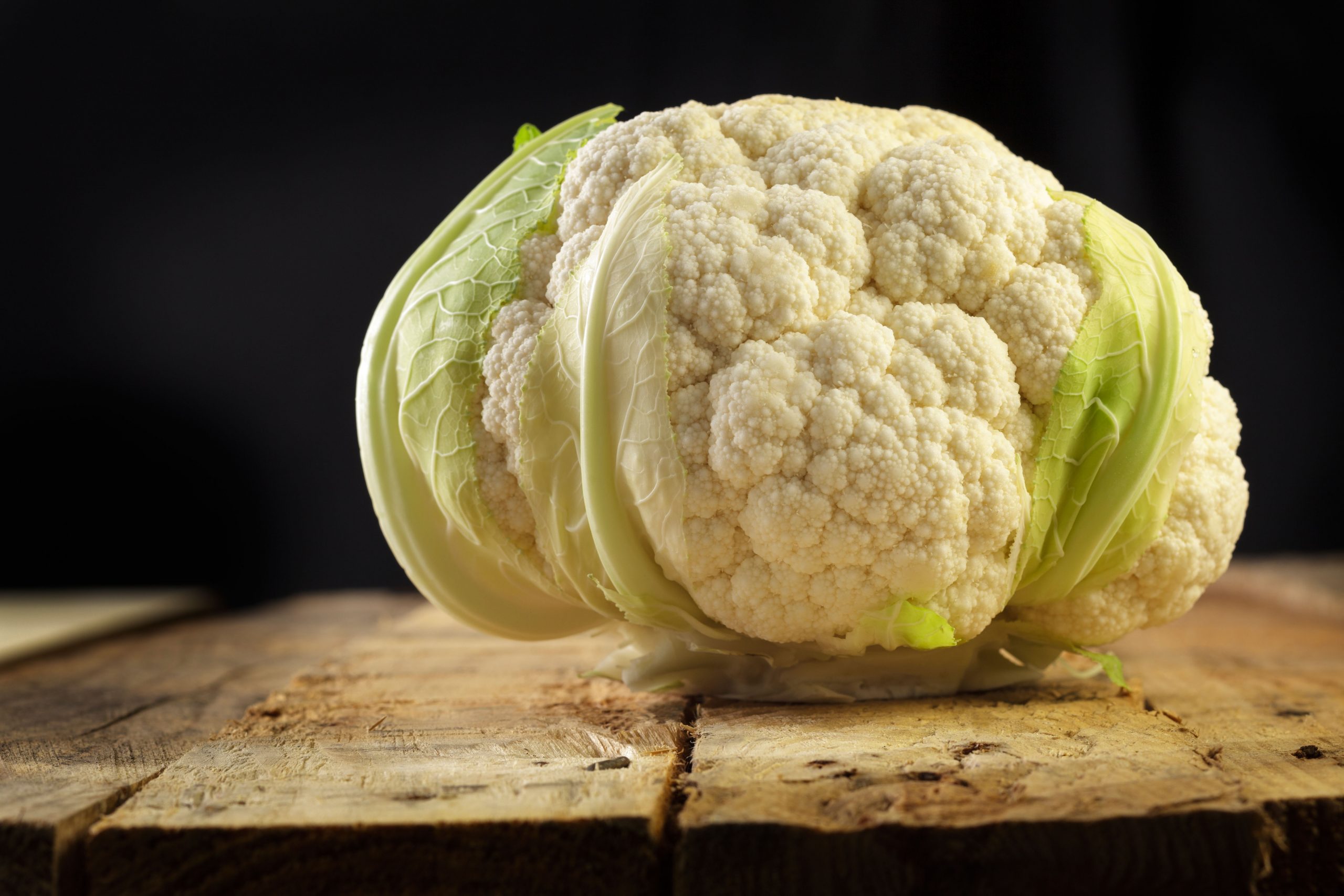
The cauliflower is not the most glamorous food to enthuse about. It has none of the romance of the Carolina allspice, the intense fragrance and flavour of the Szechuan pepper or the unbuyable deliciousness of the mulberry.
More, it breaks a number of the rules I set myself: ordinarily, I adhere to friend and chilli expert Michael Michaud’s maxim to not grow vegetables that take anything like as long in their gestation as a child; I prioritise on the harvests rarely found in the shops; and I favour perennials or at least annuals that offer multiple harvests.
And yet, there they are: cauliflowers in my garden. Partly, I’ve been tricked. ‘Romanesco’, my favourite, twisted my arm. The French think of it as a cauliflower, the Italians consider it a calabrese and I consider it distinct, although leaning towards the cauli on texture and flavour. It is visually extraordinary, comprised of lime-green spiralling mini-spirals in fractal, self-replicating formation. It is worth growing simply to look at. It also flatters the grower — and I take all the flattery I can get: it is slow to bolt and consistently reaches its harvest peak looking its best. Happily, it is the most delicious, nuttiest cauliflower, too.
"Some of this, I admit, is down to ego. Caulis are tricky devils to grow well and, for some reason, the challenge appeals"
As can so often happen, once you break the seal on something, more follows than you intended. Before I knew it, I was sowing ‘All Year Round’ — a variety that provides as its name implies. To these I’ve added the purple ‘Sicilia Violetta’ and ‘Graffiti’ and the lime-green of ‘Trevi’. You may have read me misappropriating Eddie Izzard’s famous words about pears — that they conspire to reach their millisecond of perfection, moving from immaturity to blown, when you are elsewhere.
This is only a slight exaggeration, but I’ve learnt to minimise this rise by majoring on ‘Romanesco’, which is so very slow to blow, and have taken Alys Fowler’s tip of planting cauliflowers closely and harvesing them as mini-veg when young. It removes the risk of them bolting when at their peak and also frees up space earlier for other crops to follow.
Some of this, I admit, is down to ego. Caulis are tricky devils to grow well and, for some reason, the challenge appeals. Spring is the main time to sow, either in a seedbed or undercover. I start all mine undercover, two seeds to each module, planting them out when they are about 3in tall.
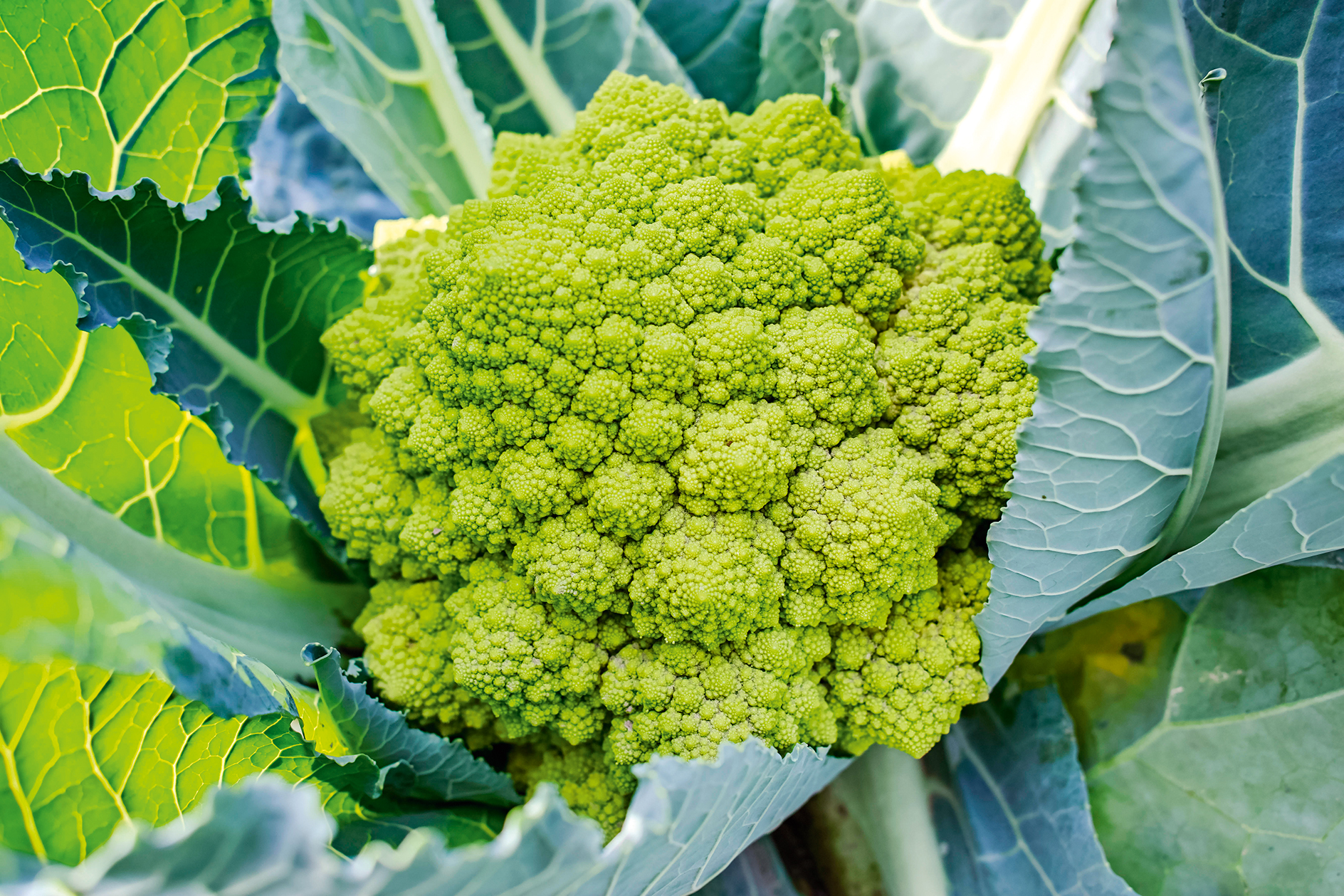
A few varieties such as ‘All Year Round’ can be sown in late summer/early autumn to harvest in spring. I like this, as space in the veg patch is usually less pressured during the winter. It is also one of the few varieties (together with ‘Early Romanesco’) that can be sown undercover in February: most varieties bolt if sown before March, so be patient. I sound as if I have shares in ‘All Year Round’, but its other big plus is the way it grows its leaves closely around its large head, helping it resist blowing and giving it some protection from the cold and rain.
Exquisite houses, the beauty of Nature, and how to get the most from your life, straight to your inbox.
Cauliflowers are hungry. If you can, grow them where legumes were before, so that they can enjoy the residual nitrogen left by the peas and beans. Add compost and/or well-rotted manure to the soil before planting out, too. They like to grow steadily and without hiccup, so water them through dry spells: I also give them a fortnightly liquid seaweed feed. Once planted, firm the soil around the plant with your feet to help anchor the plants as they grow. Years ago, Toby Buckland convinced me to use fleece to protect the developing cauliflowers from drying out during hot spells: it worked and I do it every year now.
I’d also encourage you to sow nasturtiums between cauliflowers, as I do with most brassicas. This provides a living mulch to minimise weeds, protects the soil, retains moisture and offers a sacrificial plant to draw cabbage white butterflies away from the caulis. Nasturtiums grow with such enthusiasm that you’ll still get plenty of delicious nasturtium leaves and flowers.
I suspect one of the reasons many are hesitant to grow cauliflowers is the memory of insipid, brain-like, boiled domes with Sunday lunch. In my less than humble opinion, cauliflower is best roasted. Cut the cauli into inch-thick slices or smallish florets, smear with olive oil, season, and dust generously with some or all of cumin, chilli, ground coriander and garam masala. Roast for 20 minutes or so at 200°C, splash with lemon juice and confetti with chopped coriander. This is an especially fine way with colourful cauliflower — rather than white or green — as they lose their colour when boiled.
Mark Diacono grows edibles, both usual and unusual, at Otter Farm in Devon — www.otterfarm.co.uk
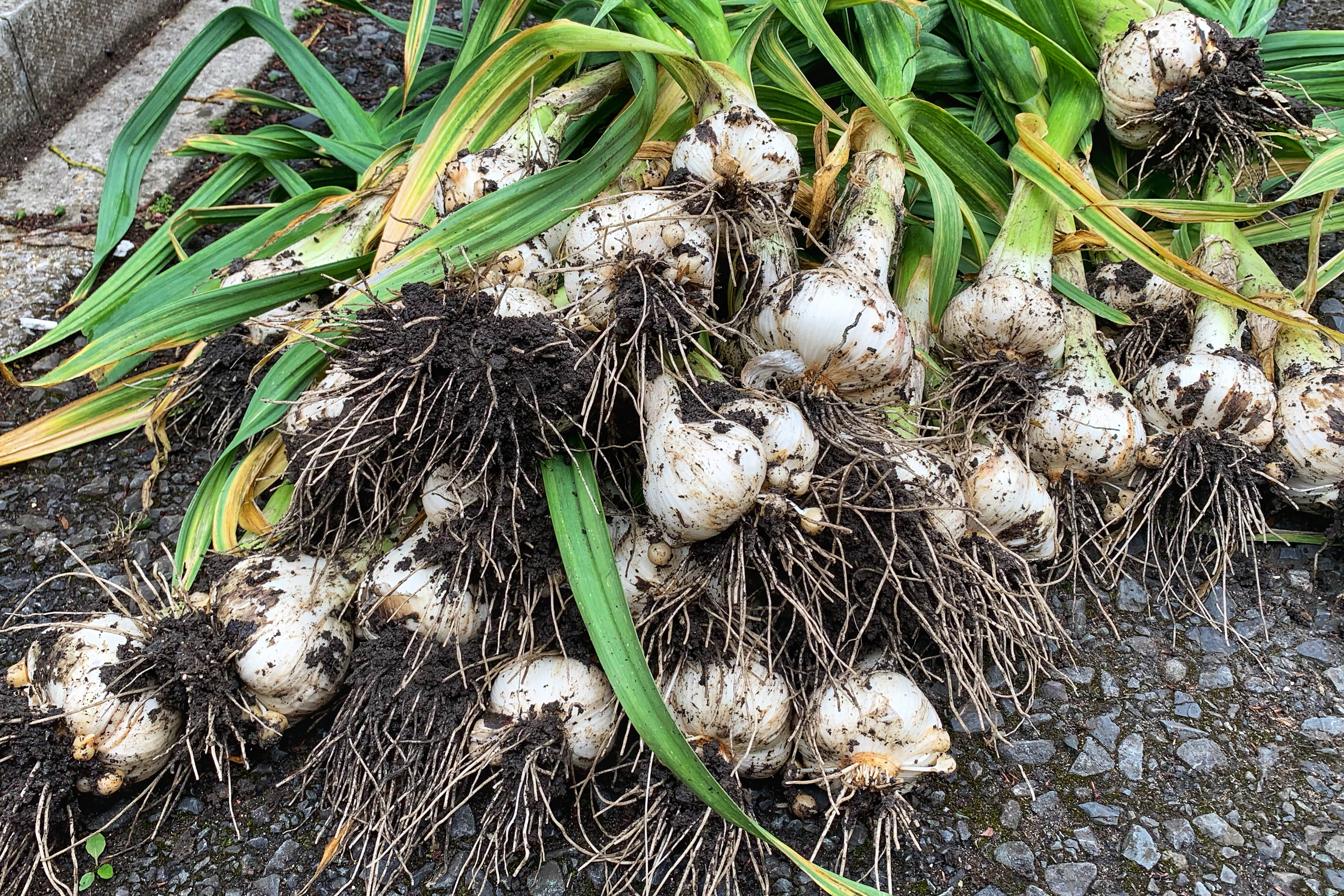
Credit: Getty Images
How to grow garlic: Delicious, lucky and superbly easy to cultivate
Mark Diacono teaches us how to grow garlic.
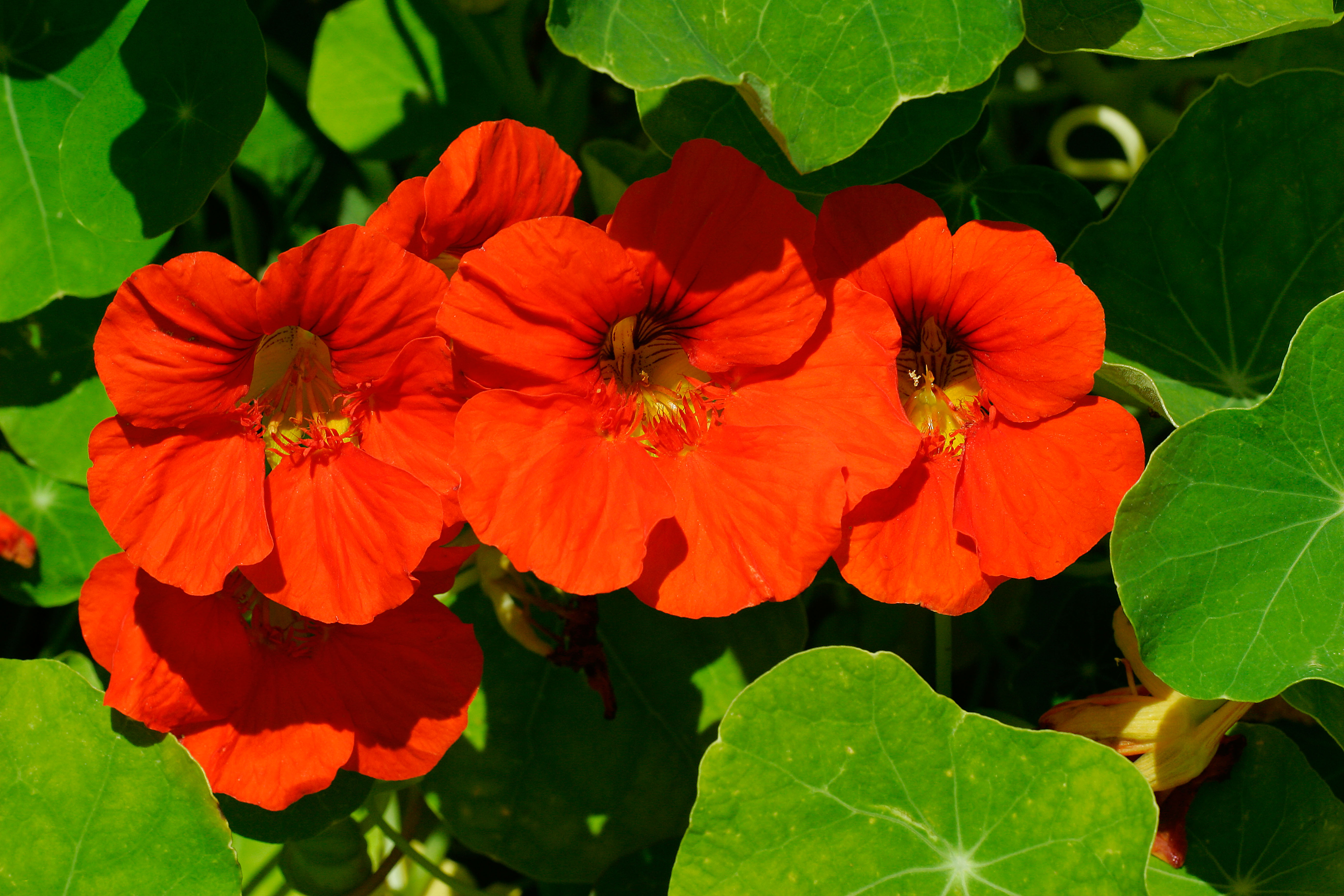
Credit: Alamy
The top salad leaves to grow in your garden for summer garnishes
Mark Diacono tells us his top salads to plant to accompany barbecues this summer season.
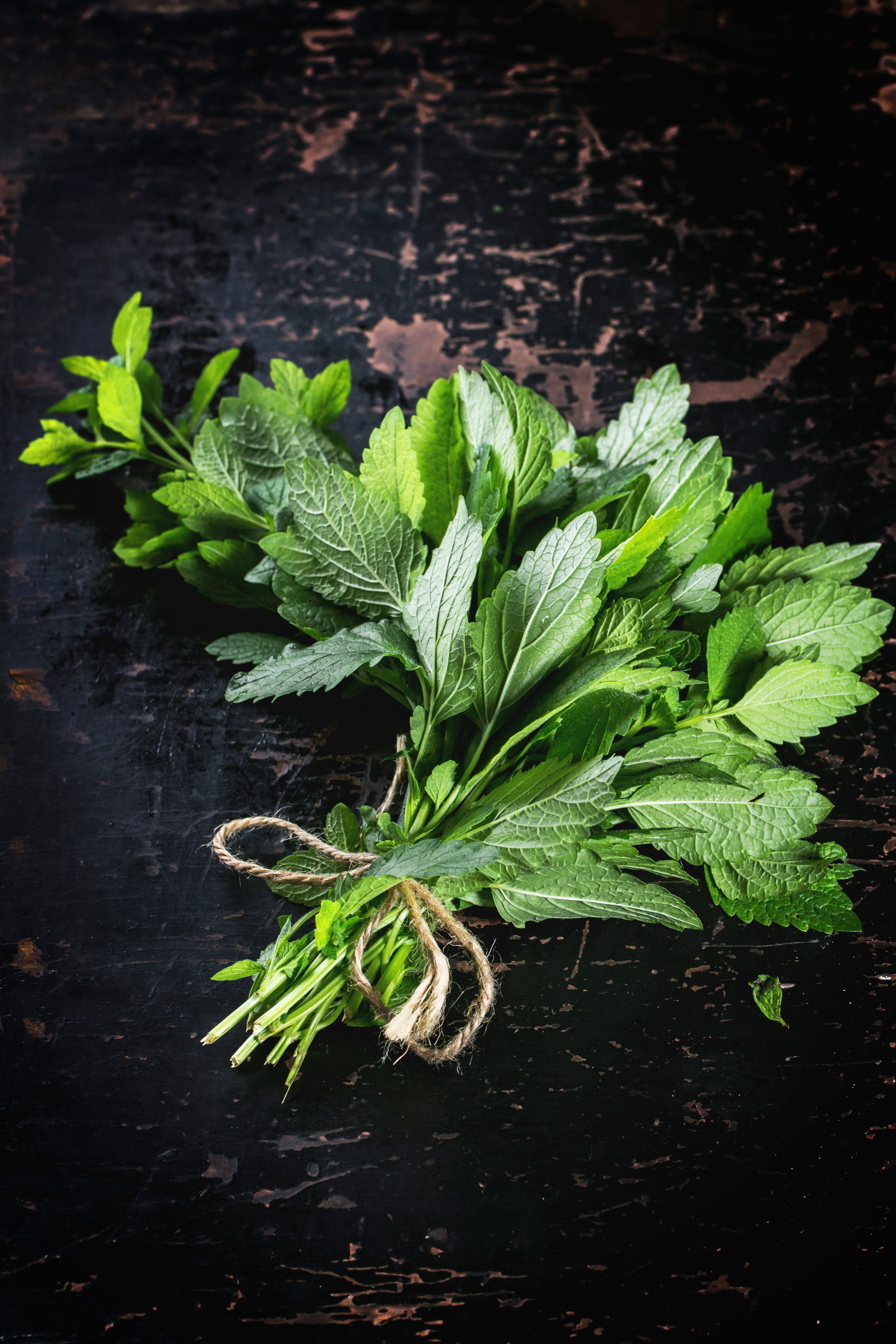
Credit: Alamy
Cultivating mint: What varietals to plant, where to plant them and whether they should be used for jelly or juleps
Mark Diacono explains why mint is for even the incurably incompetent horticultural enthusiast.
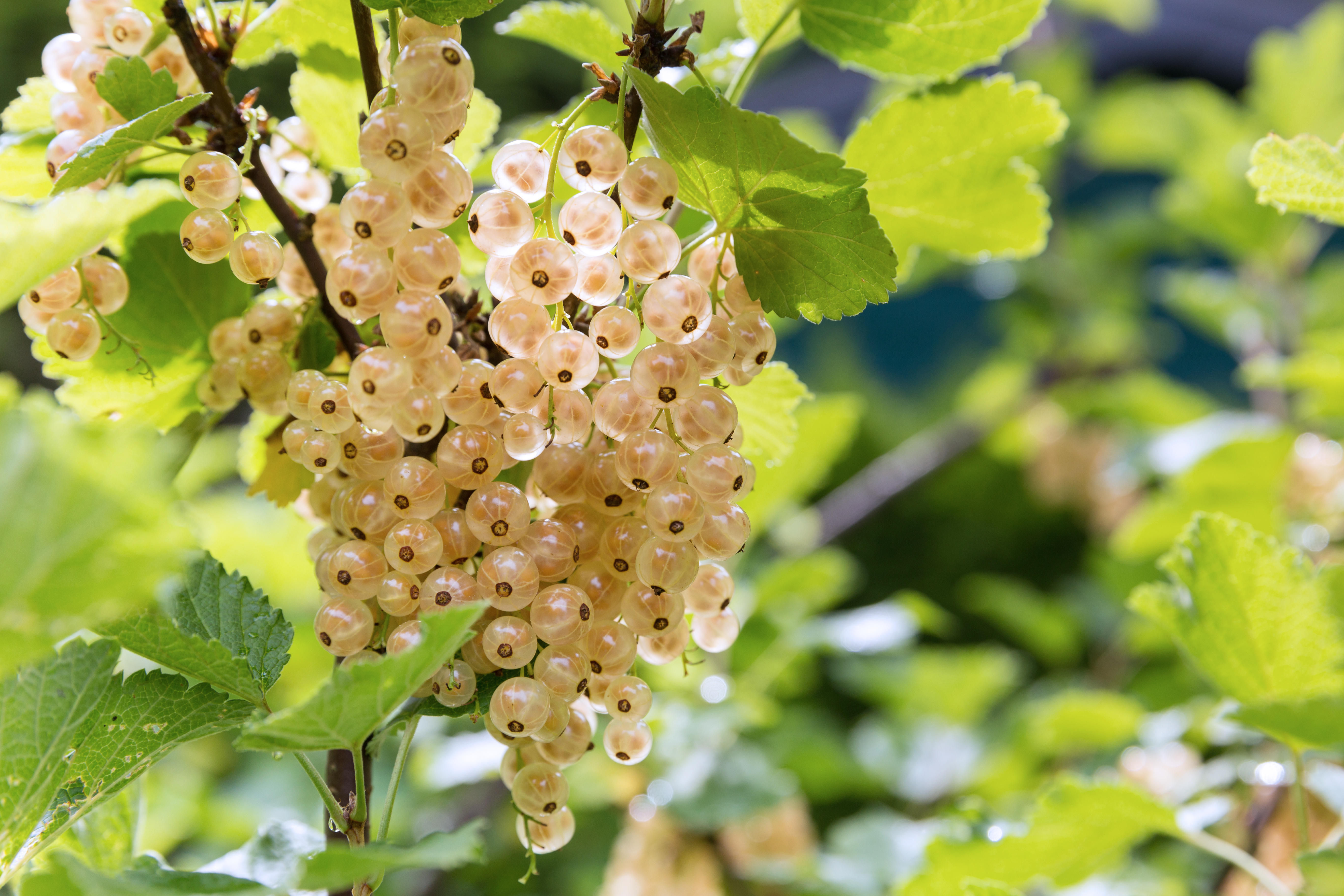
How (and why) to grow your own white currants: 'Scatter them over a knickerbocker glory'’
Mark Diacono shares his top tips on how to plant white and red currants, which varieties to choose — and
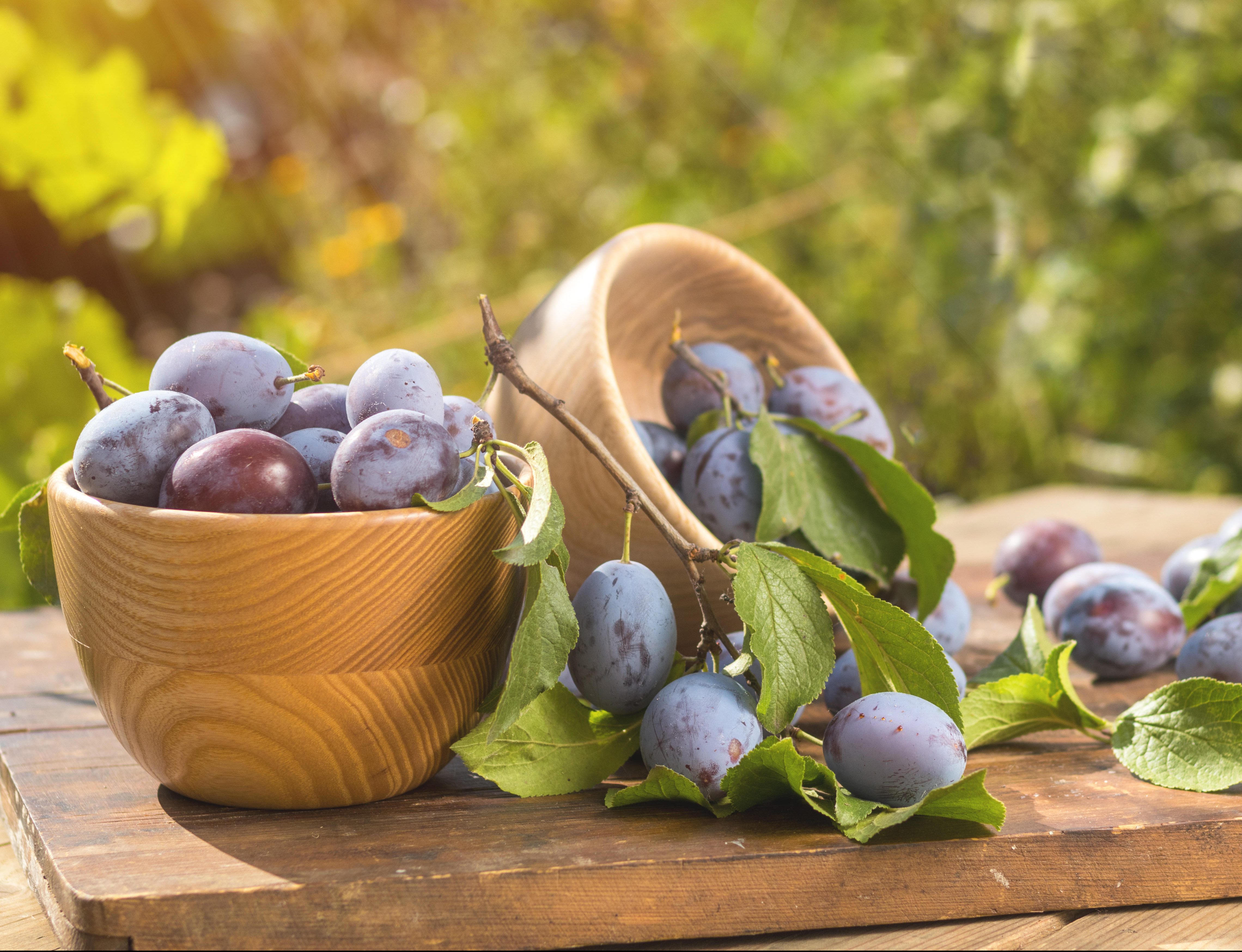
Plums to grow, plums to show, and plums to pop in your gin
Mark Diacono picks his favourite plums — and their close relatives, damsons, mirabelles, bullaces and gages.
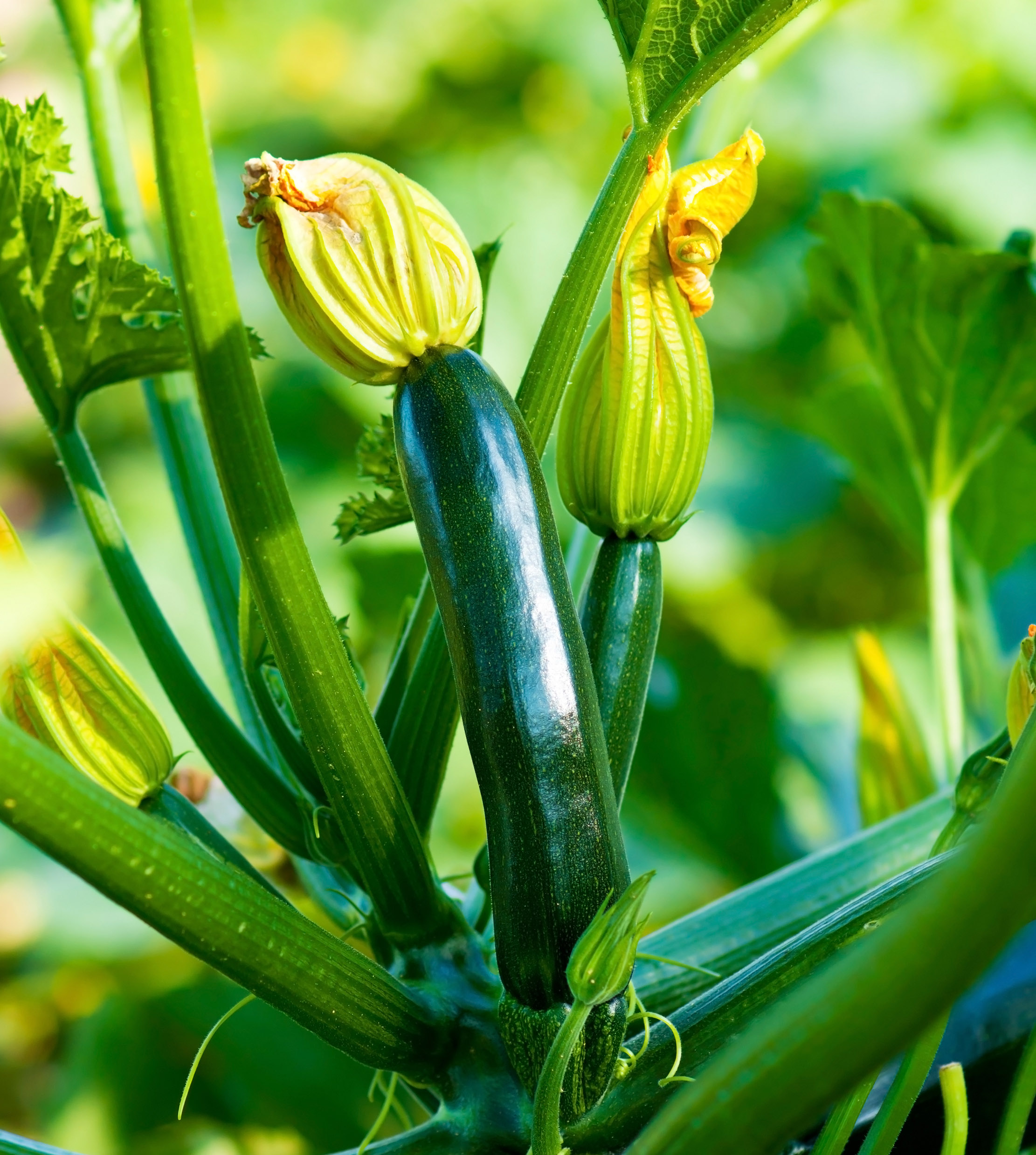
Credit: Getty Images/iStockphoto
Grow your own courgettes: What to plant, when to plant it... and why size really does matter
Mark Diacono shares his tips on the surprisingly simple yet hugely rewarding art of growing courgettes.
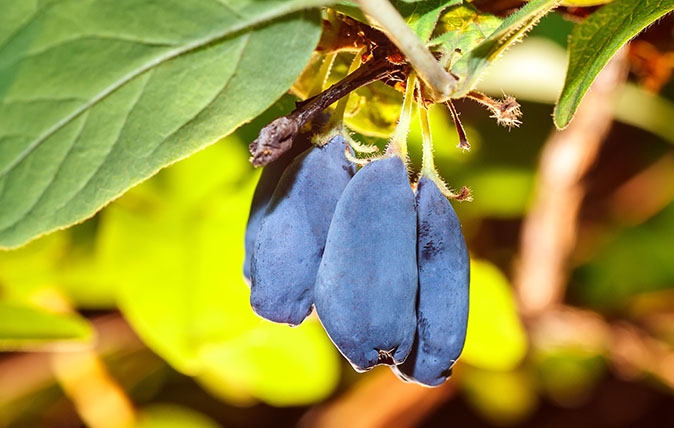
How to enjoy home-grown berries for seven months of the year
Mark Diacono offers us some berry good advice for enjoying our breakfast favourites, whatever the season.
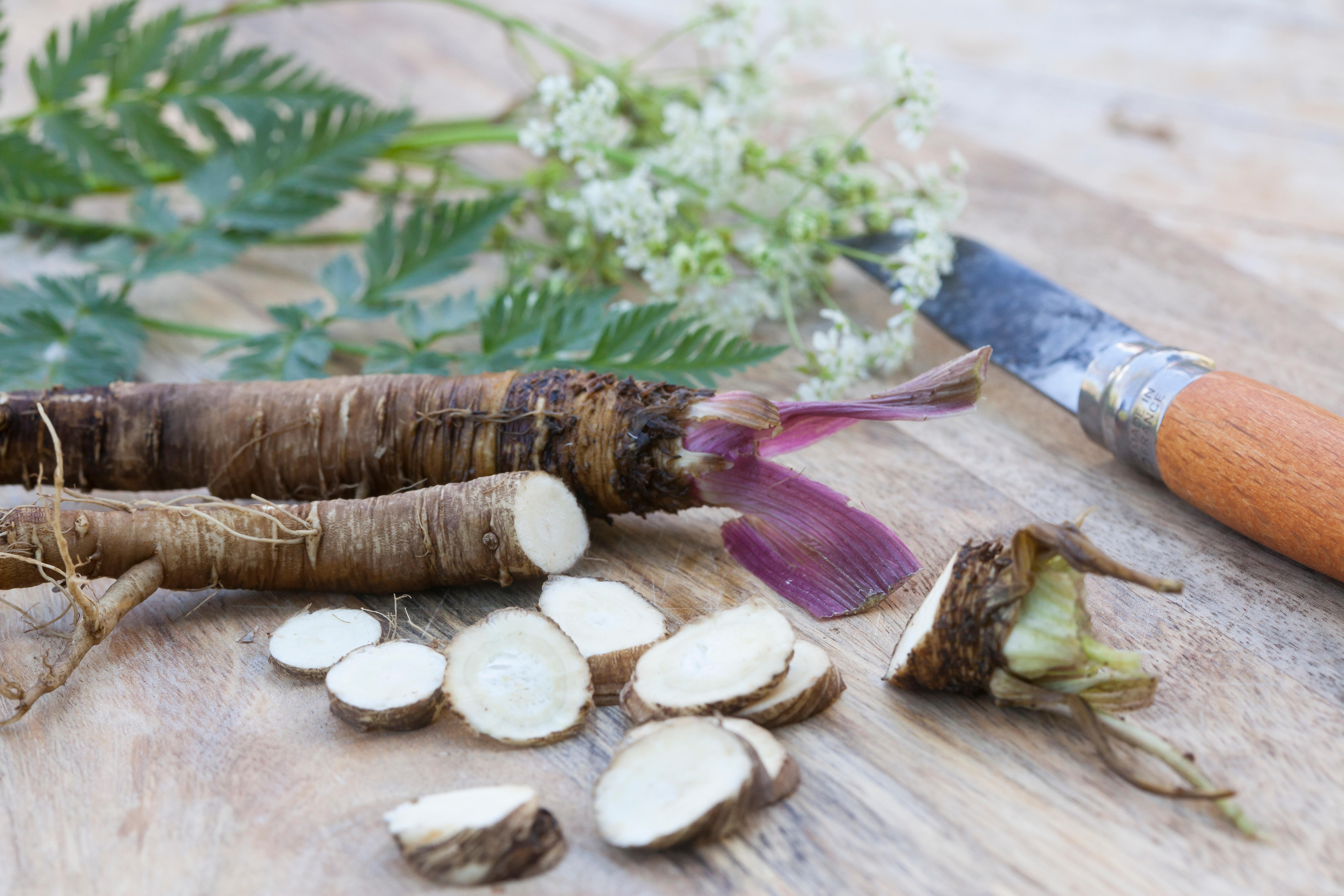
Credit: Alamy
The 'underground treasures' which are like a gardener's game of chicken — hold your nerve, and the pay-off is spectacular
Growing plants specifically to harvest their roots takes faith, patience and nerve, explains Mark Diacono, but it's well worth the
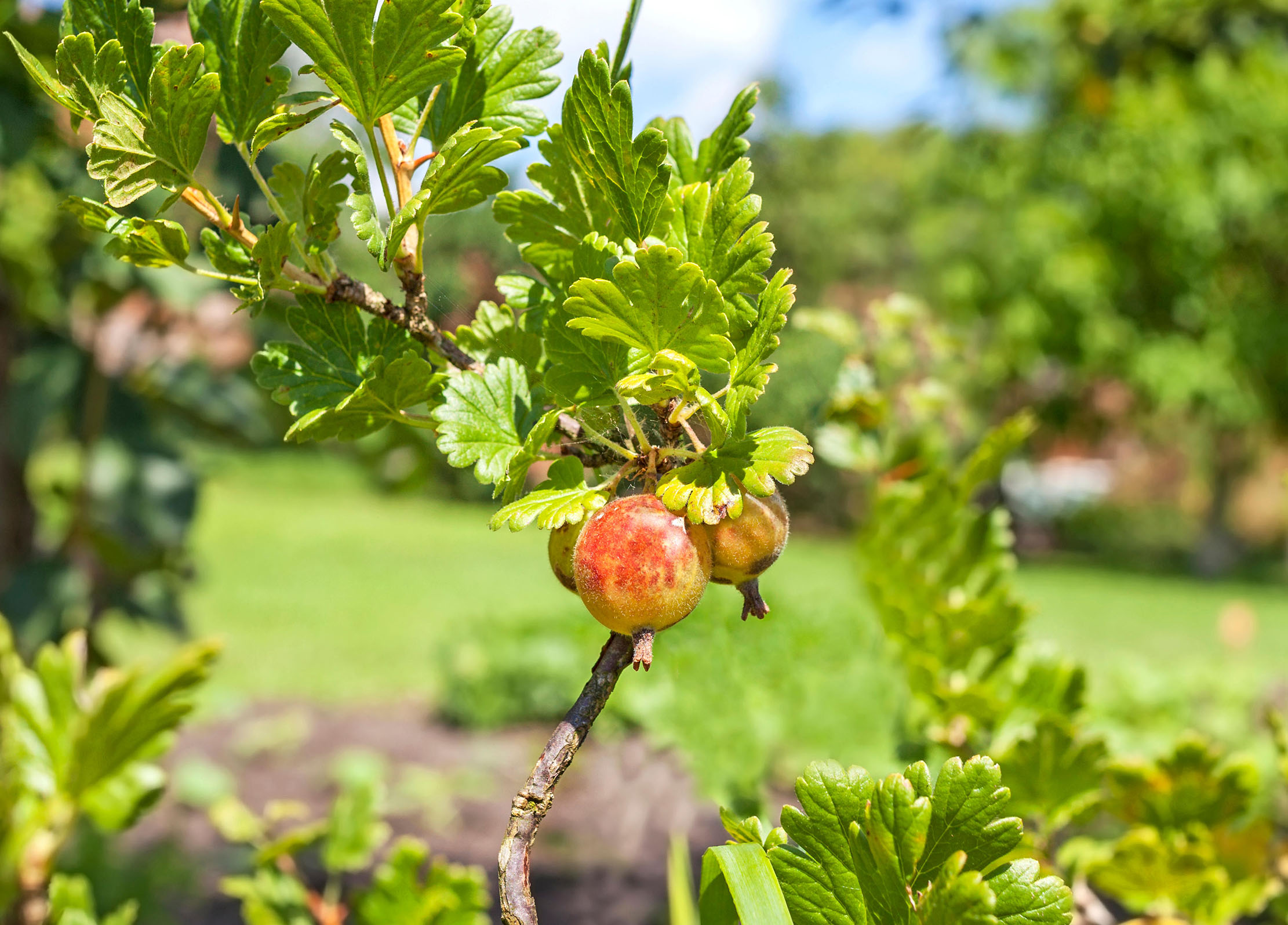
How to grow gooseberries: What to plant, how to look after them, and best ways to enjoy the harvest
Mark Diacono explains everything you need to know about gooseberries, the fruit 'that's really two fruits in one'.
Mark is lucky enough to spend most of his time eating, growing, writing and talking about food. He has written fourteen award-winning books, including A Year at Otter Farm and A Taste of the Unexpected (both won Food Book of the Year, and Garden Book of the Year). Known for growing everything from Szechuan pepper to pecans to Asian pears, Mark's refreshing approach to growing and eating has done much to inspire a new generation to grow some of what they eat. He was involved in the early days of River Cottage, appearing in the TV series, and writing four River Cottage books. Mark writes to a global audience on his best-selling Substack: Mark Diacono’s Abundance.
